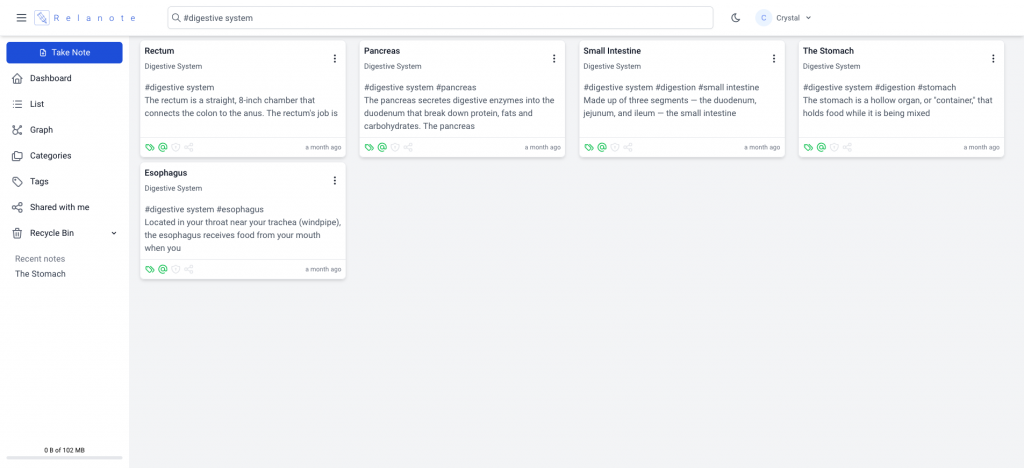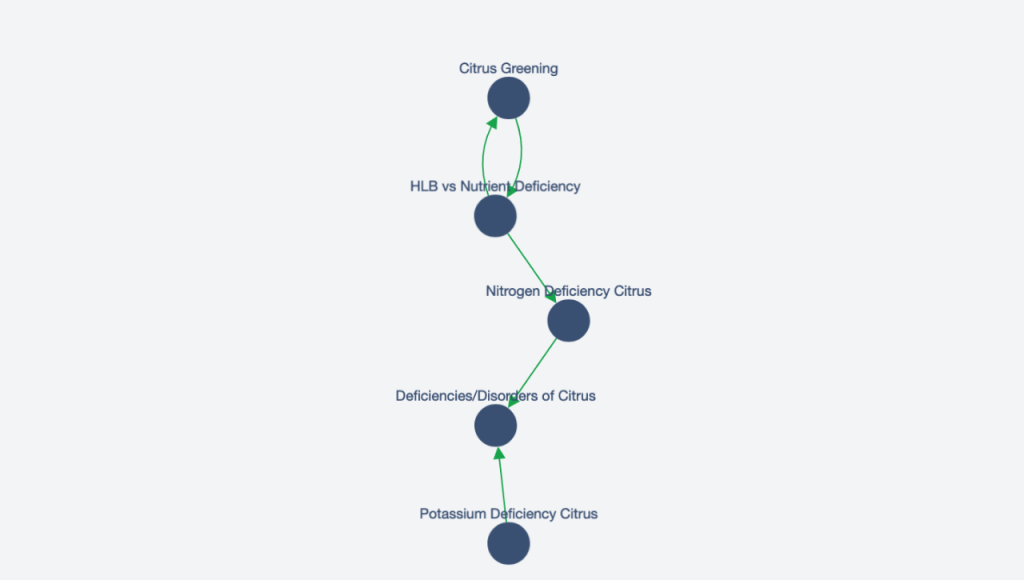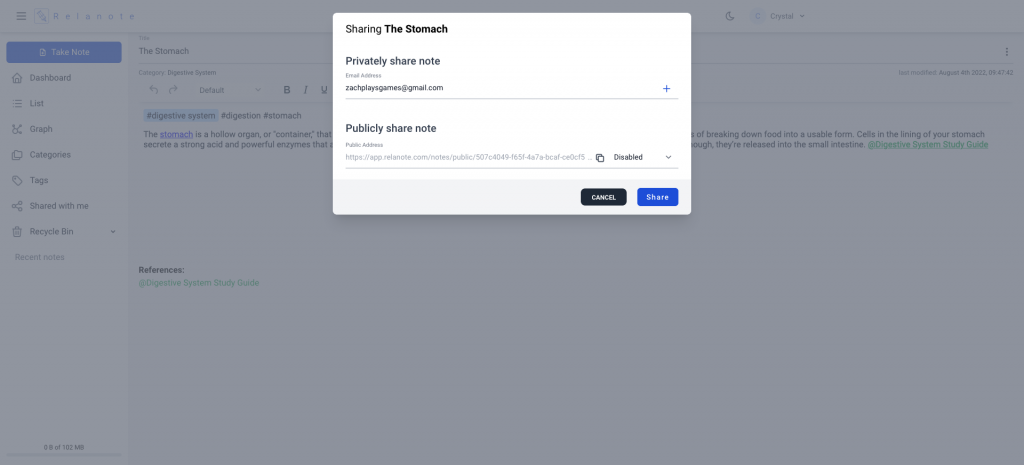5 Ways Zettelkasten Will Improve Productivity
As beneficial as it is, taking notes is not always what it’s cracked up to be.
Initially, you’ll have to keep reminding yourself to take a note. Then you’ll have to adapt to new and effective notetaking strategies to get the best results.
The Zettelkasten system of notetaking has a learning curve, but notetaking can be enjoyable once you get the hang of it. The method was invented by Niklas Luhmann, a German socialist who wrote more than 70 books using this simple method of notetaking. It involves the use of simple notes that can be linked together to create a web of knowledge.
The core of Zettelkasten is to see how ideas connect and create a better workflow. Traditional notetaking relies heavily on organizing information into categories, such as topics or projects.
Based on this understanding, the Zettelkasten has been far superior for several reasons.
- It highlights connections between connects as you link notes to existing notes.
- You can easily access related information based on the connections
- Zettelkasten supports the development of new thoughts and concepts as you think deeply about how ideas are connected
- It allows for a continuous cycle where you can always update your database with new notes and eliminate existing notes
- There’s no need to fit your notes into predetermined categories – this saves a lot of time and eliminates anxiety
Use Zettelkasten for Efficient and Effective Notes
The method of highlighting or tagging material that you deem important when reading doesn’t mean you’ve processed the information. Research has shown that rereading and highlighting material for future use is almost completely useless as it is not sufficient to make the material your own. The Zettelkasten method of notetaking encourages you to gain and retain the information by making it your own. It means thinking deeply about what you read and considering ways to combine it with other knowledge to develop new ideas and discussions. It forces you to consider the strengths and weaknesses of the ideas presented and arrive at your own conclusions using a wider database of knowledge. Instead of the information being lost after you’ve completed the book, video, or paper, you’ll have a better understanding and retention of the content when you use the Zettelkasten method and put the things you’ve learned in your own words.
Find and Retrieve Information Easily
The slip box (analog) method of Zettelkasten provides for ease of organization and retrieval of your notes. Digital Zettelkasten apps, like Relanote, utilize an even better system of organization to simplify the retrieval of information stored. Relanote searches your typed content, tags, and categories so you not only find information quickly but also let you see connections to previous notes. Searching, connecting, and tagging your notes takes organization to the next level. For instance, searching a tag will present results for notes across various categories or folders. Of course, you must have a proper system of tagging your notes to begin with. Tagging goes beyond the obvious and should include overlapping themes.

Organize Your Thoughts and Ideas
Don’t think for a moment that copying quotes from a book you’ve read into a special category of your notetaking app indicate good organization. The hierarchal system of notetaking almost guarantees that there are no connections between the notes you’ve added. A collection of organized notes is meaningless if you don’t use them. The Zettelkasten method of notetaking requires elaboration of the material which aids understanding of the material. A productive person has an organized mind.
Connect Your Ideas
Every day of your life you collect information and knowledge through reading, listening, or viewing content, and conversations with others. You lose much of the old information as a precursor to receiving new information. Whatever your brain stores it does so in a network of thoughts, insights, and ideas – not in a hierarchal system of folders and boxes. For instance, a song you hear might be connected with a good or bad experience or a particular food may trigger a childhood memory. Your brain makes the connections. In the same way, note-taking, whether handwritten or digital, should make connections between ideas for easy retention and the birth of new ideas. Relanote allows for the organic connection of notes, which aids memory and productivity.

Share Your Notes for Easy Collaboration
The digital world fosters collaboration, which leads to improved productivity, creativity, a sense of community, innovations, and problem-solving. With all these benefits and ease of access, collaborative working is still very much underutilized in the workplace. Consider for a moment: Do you prefer solitary work or working cohesively with an established team? Most of us prefer the former as collaboration does not come naturally. Notetaking apps allow for shared resources among people in the same or different locations. You’re not limited by place or time. Relanote users can work collaboratively by sharing notes and updating them in real time. It permits easy connectivity, sharing of different ideas and perspectives (even connecting them!), and the development of new ideas from a collection of concepts.


